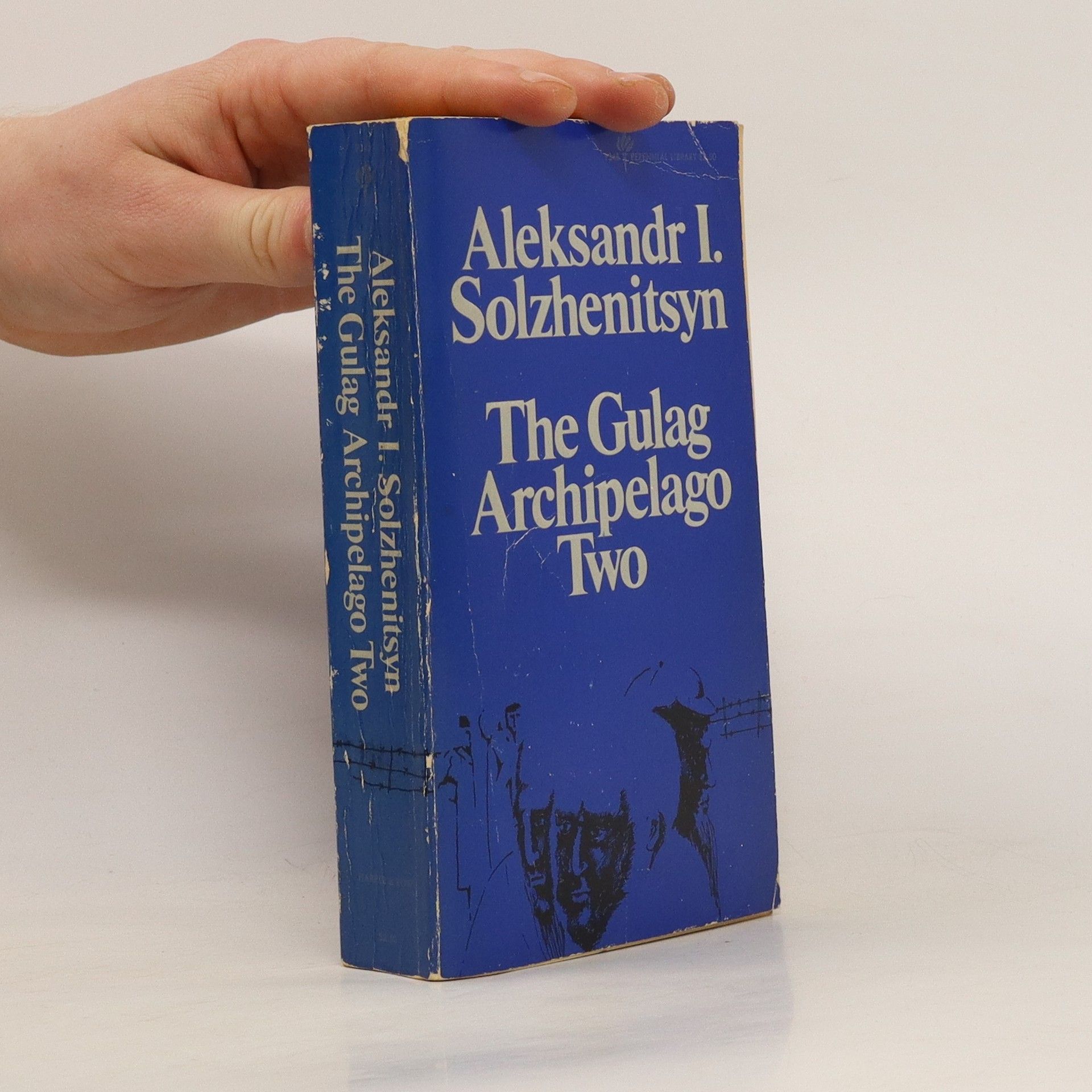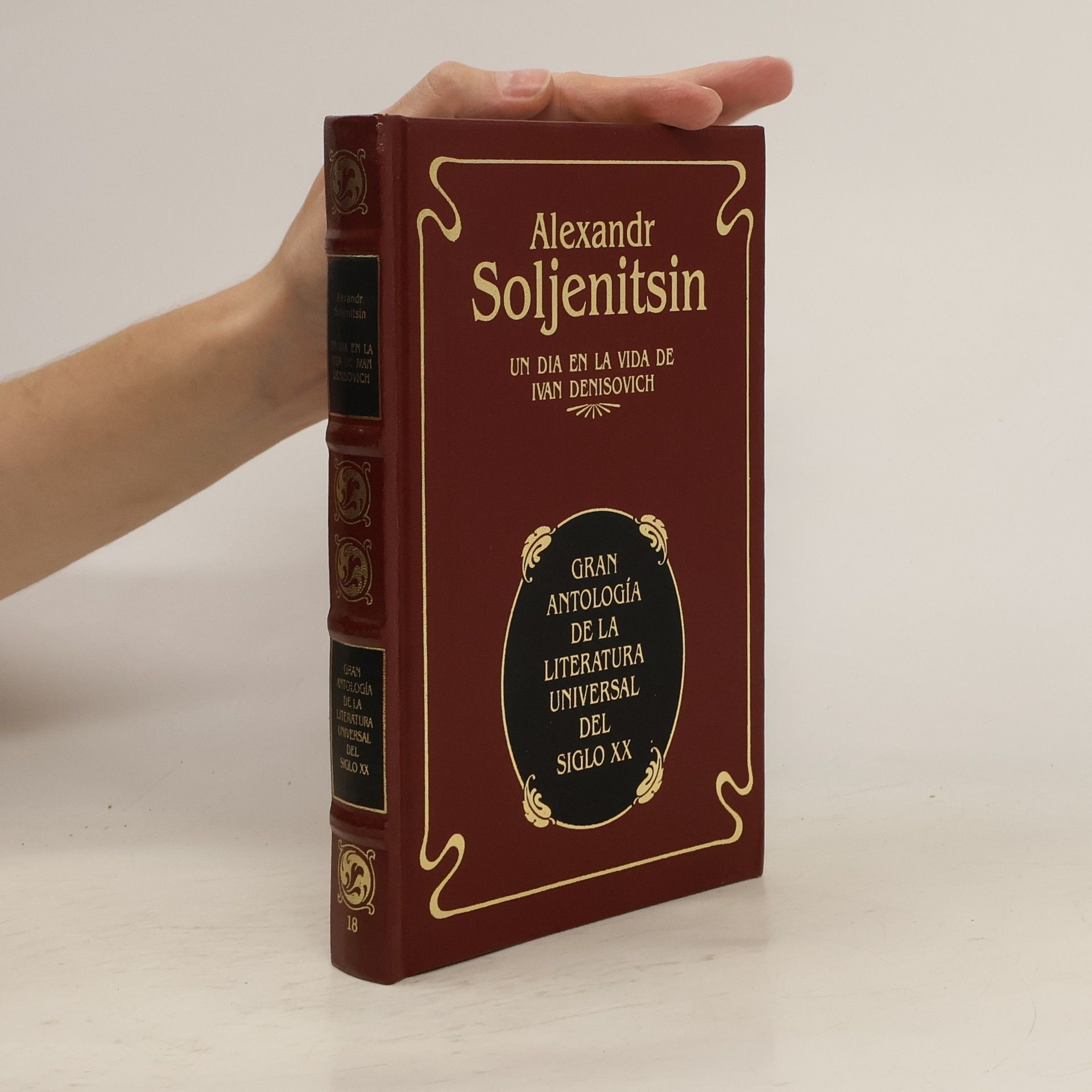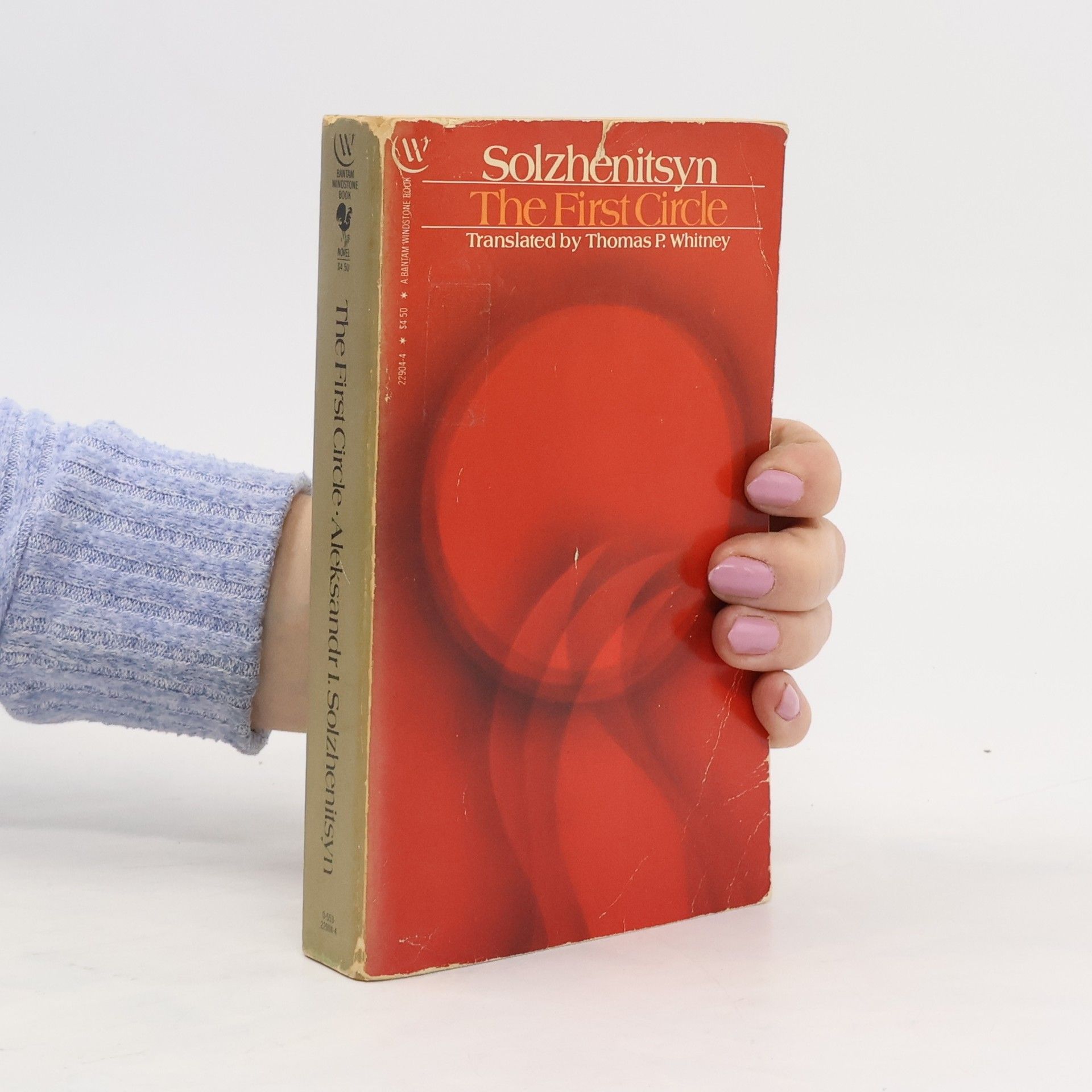Archipiélago Gulag, 1918-1956
- 1808 páginas
- 64 horas de lectura
Szépirodalmi tanulmánykísérlet 1973-ban jelent meg Nyugaton Szolzsenyicin gigantikus műve a sztálini munkatáborokról, mely végleg összezúzta a nyugati értelmiség minden addigi illúzióját a szovjet rendszerrel kapcsolatban. A szerző maga is megjárta a Gulagot – tizenegy esztendőt töltött a Szigeteken –, s beszámol saját élményeiről, ám emellett rabok ezreinek tanúságát gyűjtötte össze művében, mely részint történelmi és szociográfiai munka, részint a XX. század egyik legnagyobb gyalázatának szépirodalmi feldolgozása – tele szenvedélyes haraggal a kommunista diktatúrával, Sztálinnal s hóhéraival szemben, és együttérzéssel az áldozatok iránt. A lágervilág kiépítése, mint Szolzsenyicintől megtudjuk, már 1918-ban, Lenin hatalomra jutásával elkezdődött, s a szovjet állam végül olyan elnyomó rendszerré változott, mely senkit sem kímélt: gyerekeket, öregeket, nőket, hívőket és hitetleneket, a rendszerrel szembenálló értelmiségieket és meggyőződéses kommunistákat, a németek ellen harcoló szovjet katonákat, bárkit bármikor letartóztathattak, s elítélhettek öt, tíz, huszonöt évre. Mindent átitatott a félelem, s az ország testében rákos sejtekként burjánzottak a lágerek. Magyarul 1993-ban jelent meg a háromkötetes mű, s ezúttal ennek rövidített változatát adjuk közre: ehhez, amikor először jelent meg Nyugaton, maga Szolzsenyicin írt előszót, hangsúlyozva örömét, hogy könyve így azokhoz is eljuthat, „akiknek rohanó századunkban amúgy nem lenne idejük elolvasni a teljes művet”. Szolzsenyicin 1970-ben Nobel-díjat kapott, 1973-ben megfosztották állampolgárságától és kiutasították a Szovjetunióból, 1994-ben, a kommunista rendszer összeomlása után tért vissza hazájába, Oroszországba, s 2008-ban hunyt el. A XX. század egyik legnagyobb hatású írója, akinek hatalmas életművéből szerzői sorozatban jelentetjük meg a legmaradandóbb írásokat. A rövidített változatot szerkesztette Edward E. Ericson, Jr.










